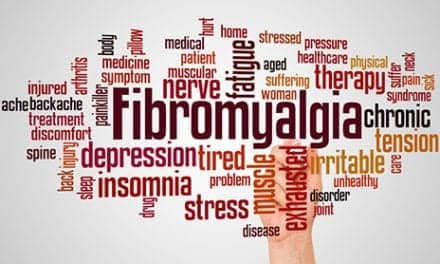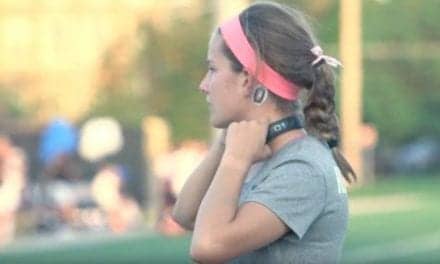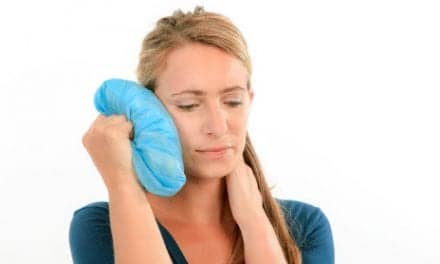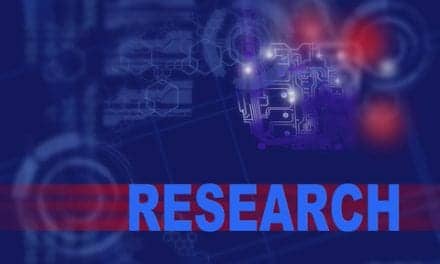A new research study shows that mesenchymal stem cells (MSCs) can help rejuvenate skeletal muscle after resistance exercise. According to a news release from the University of Illinois, researchers were able to increase the rate of repair and enhance the strength and growth of these muscles in the exercising mice by injecting MSCs into mouse leg muscles prior to several bouts of eccentric exercise. The findings may lead to new interventions to combat age-related declines in muscle structure and function, states research lead Marni Boppart, ScD.
Boppart says, “We have an interest in understanding how muscle responds to exercise, and which cellular components contribute to the increase in repair and growth with exercise. But the primary goal of our lab really is to have some understanding of how we can rejuvenate the aged muscle to prevent the physical disability that occurs with age, and to increase quality of life in general as well.”
Also, according to the new study, MSCs excrete growth factors and stimulate muscle precursor cells, called satellite cells, to expand inside the tissue and contribute to repair following injury. Once present and activated, satellite cells actually fuse to the damaged muscle fibers and form new fibers to reconstruct the muscle and enhance strength, as indicated on the University of Illinois news release.
Boppart explains, “Satellite cells are a primary target for the rejuvenation of aged muscle, since activation becomes increasingly impaired and recovery from injury is delayed over the life span. MSC transplantation may provide a viable solution to reawaken the aged satellite cell.” She adds that satellite cells will likely not be used therapeutically to enhance repair or strength in young or aged muscle because they “cause an immune response and rejection within the tissue.”
Boppart states, “Development of an intervention that can heal multiple tissues is ideally required to reverse age-related declines in muscle mass and function. MSCs, because of their ability to repair a variety of different tissue types, are perfectly suited for this task.”
Photo Appears Courtesy of University of Illinois and L. Brian Stauffer
[Source: University of Illinois]





